Industrial_Wire_Types_Part_2.pdf
Twisted Pair Wire
- Commonly seen in scenarios where data is being transfer to and from certain locations
- Uses 2 separate conductors for a single circuit
- Common to see twisted pairs being used in place of a coax cable for data transfer
- Normally not as thick or rigid as coax, can more easily maneuver to tough to reach locations while still providing the same signal protection seen from a coax cable
- Always comes in pairs but there are no limits to how many pairs can be included in a single cable
Shielded Wire
- Shielding is different than regular wire insulation. Purpose of shielding is to protect the signal passing through the wire from any outside interference
- Needs protection from outside interference and from other electrical circuits in the area, like from higher voltage sources. These higher voltages sources can cause disturbances in more sensitive signals because of the electromagnetic radiation they emit. This metallic shielding is designed to dissipate this noise.
- Can be used in conjunction with twisted pair wire (twisted, shielded wire) This is commonly used in industrial applications, especially in analog signals
Tray Cable Wire
- The NEC defines Tray Cable as a factory assembly of two or more insulated conductors, with or without associated bare or covered grounding conductors under a nonmetallic sheath, for installation in cable trays, in raceways, or where supported by a messenger wire.
- Often rated for use in direct sunlight applications, as well as direct burial applications
- Needs to be supported properly to avoid hazardous environments due to its weight
Transcript
[0m:4s] Hi I'm Josh Bloom, welcome to another video in the RSP Supply education series. If you find that these videos are helpful to you, it certainly helps us out if you could give us a big thumbs up and subscribe to our channel.
[0m:15s] In today's video we want to pick up where we left off in our last video: talking about some of the most common types of wire we see being used today.
[0m:25s] If you did not see the first part of this series, we will link the video in the description below so that you might better understand the wire types we talked about in that video.
[0m:35s] If you remember, we talked about a few of the most common types of wire we see you today: THHN, XHHW, and MTW wire, and the wide variety of applications they can be used in.
[0m:49s] Today we are going to be talking about some of the more specialty types of wire that are not as common, but are very important for the purposes that they actually serve.
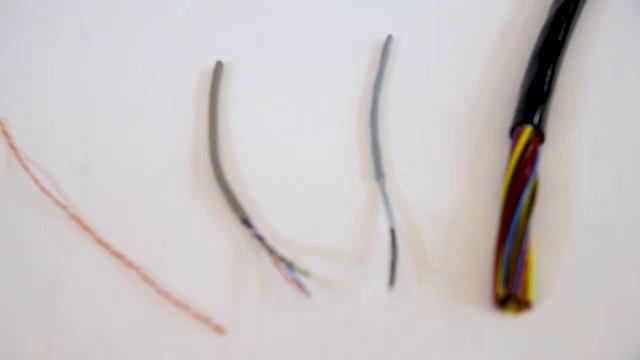
[0m:59s] As I mentioned in our first video, we are not going to be discussing all specialty wire, but some of the more common types, especially wire types you see being used in industrial applications.
[1m:11s] Let's first discuss twisted pair wire. Twisted pair wire is very common in many different applications, but it's most commonly seen in scenarios where data is being transferred to and from certain locations.
[1m:25s] It uses two separate conductors for a single circuit. The two conductors will be twisted together. It uses two separate conductors for a single circuit. The two conductors will be twisted together. The reason the two conductors are twisted together is to reduce electromagnetic interference, or crosstalk, between the two different wires.

[1m:42s] It is common to see twisted pairs being used in place of coax cable for data transfer. One main reason for this is that coax can be fairly expensive and can also be more difficult to run. Conversely, twisted wire is normally not as thick or rigid and can more easily maneuver through tough to reach locations while still providing the same signal protection you might see from coax cable.
[2m:9s] Twisted wire will always come in pairs, but there are no limits to how many pairs can be included in a single cable.
[2m:18s] For instance, a CAT five or CAT six cable we commonly see used in our home and office networks use twisted pair wire.
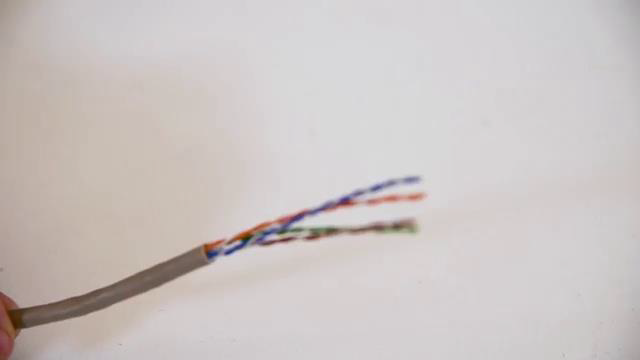
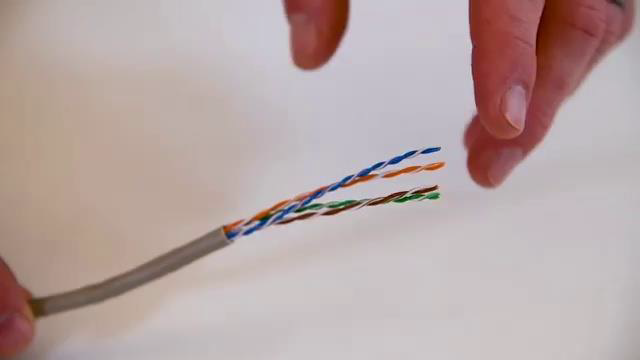
[2m:28s] This type of cable has four different pairs of communication lines. This is just one common example of many different scenarios where twisted pair wire can be used.
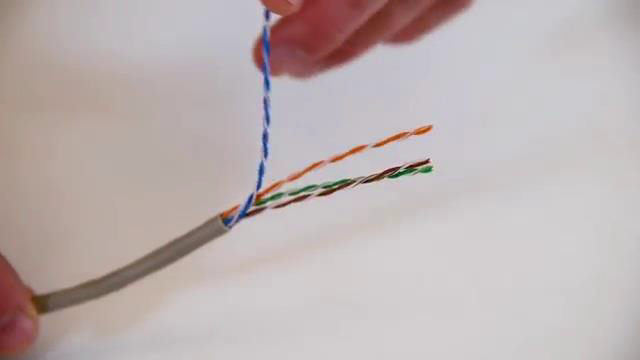
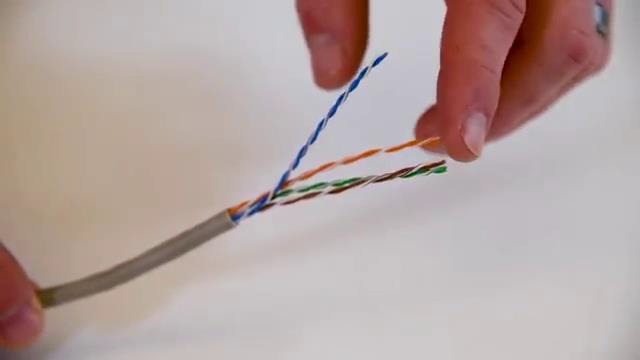
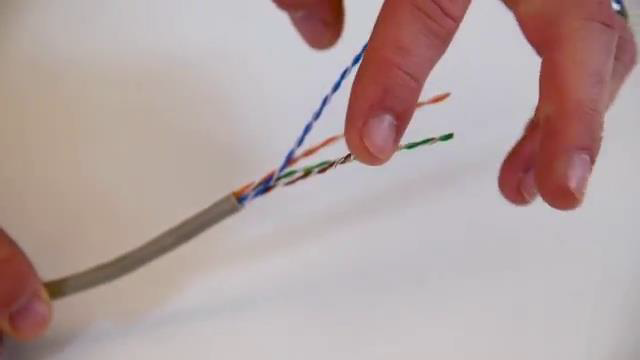
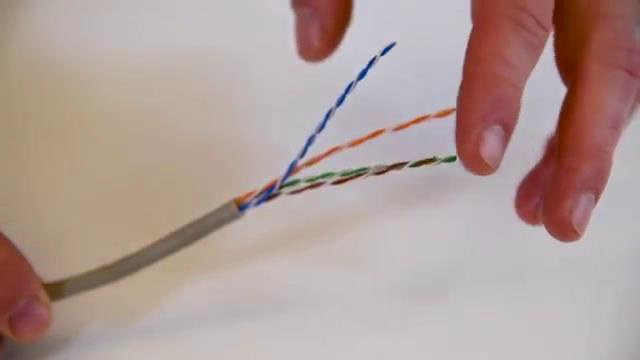
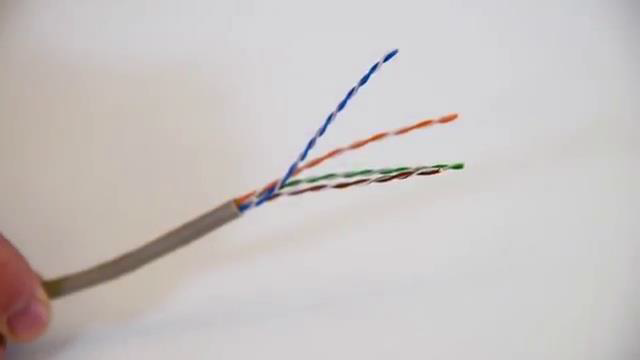
[2m:39s] Now let's talk about shielded wire.
[2m:43s] It is not uncommon to see wire that has some kind of protective shield around it. This shielding is different from regular wire insulation that you are used to seeing.

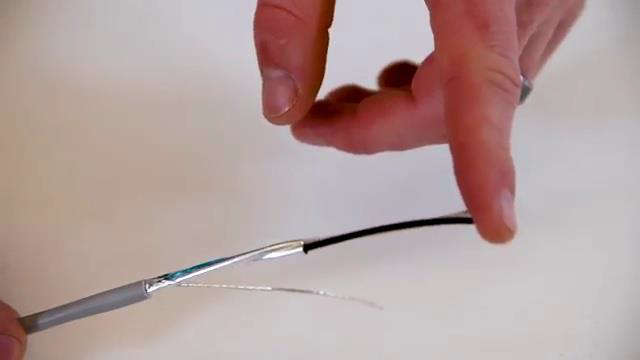
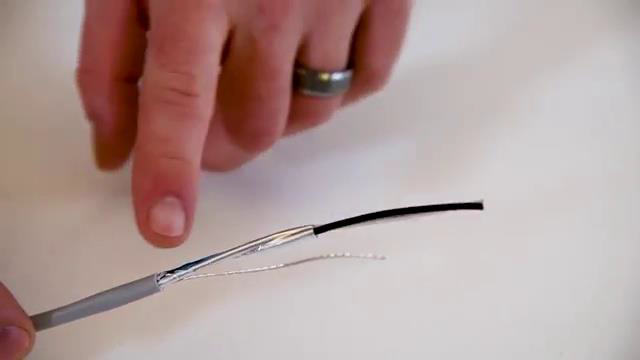
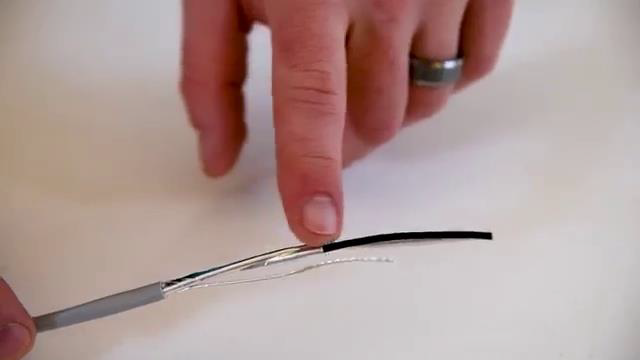
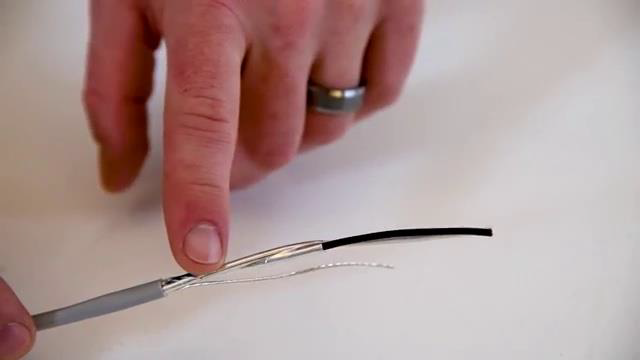

[2m:53s] This shielding, which is commonly made of some sort of conductive material such as braided trans of copper or other metal, but can also be found in non-braided forms as well, like aluminum or copper tape.
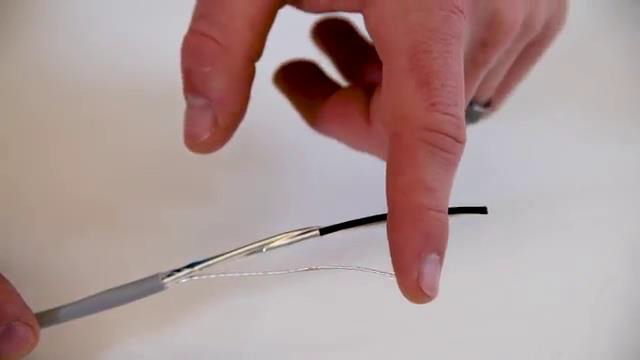
[3m:6s] The purpose of this shielding is to protect the signal, passing through wire from any outside interference.
[3m:14s] Unlike with twisted cable, which is trying to eliminate interference among the wire being used in the same circuit,
[3m:21s] shielded wire needs protection from outside interference and from other electrical circuits in the area, like higher voltage sources. These higher voltage sources can cause disturbances in more sensitive signals because of the electromagnetic radiation they emit.
[3m:38s] This metallic shielding is designed to dissipate that noise.
[3m:43s] It is best practice to ground this shielding at some point within the circuit so that the noise or interference can be properly dissipated. Keep in mind that shielded wire can also be used in conjunction with twisted pair wire. This is commonly known as twisted shielded wire. This twisted shielded wire is very commonly used in industrial applications, especially in analog signals where the accuracy of the signal is critical to vital processes that might be being monitored or controlled. The last kind of wire I want to talk to you about today is referred to as tray cable.
[4m:22s] The NEC defines tray cable as a factory assembly of two or more insulated conductors with or without associated bare or covered grounding conductors under a nonmetallic sheath for installation and cable trays in race rays or where supported by a messenger wire.
[4m:44s] It is common to see tray cable that has many different conductors that can be used for control wiring,
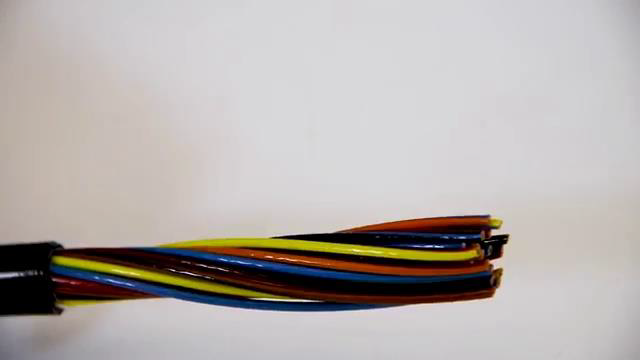
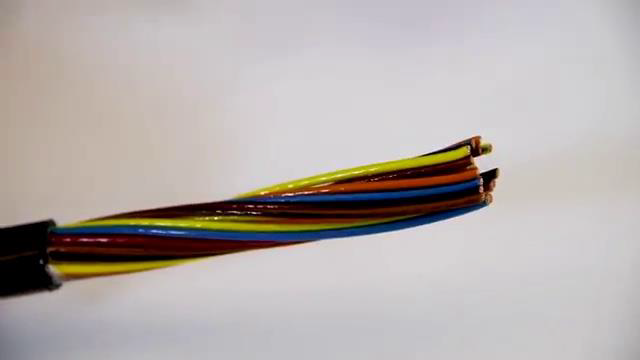
4m:51s] instrumentation, and signal wiring, as well as many other applications.
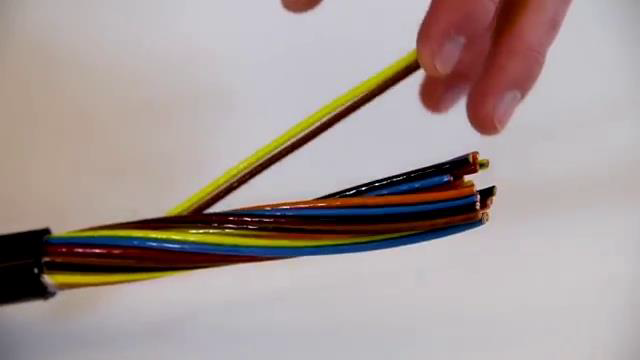
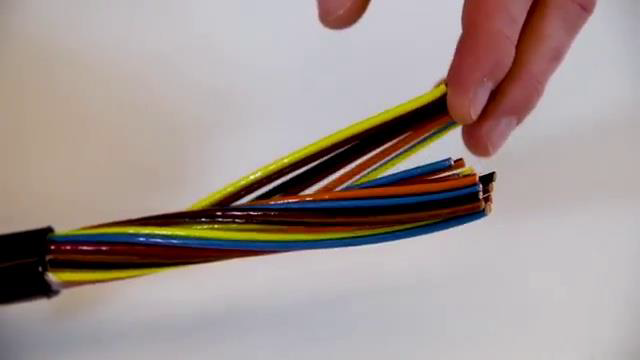
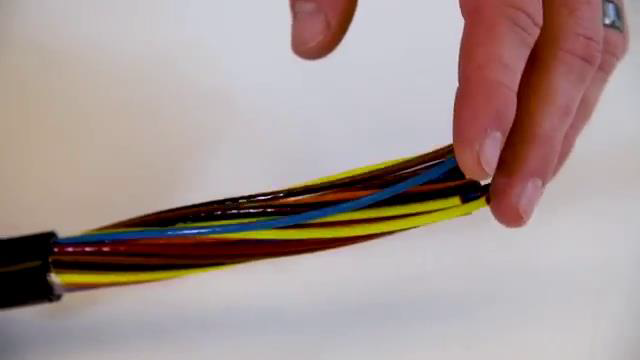
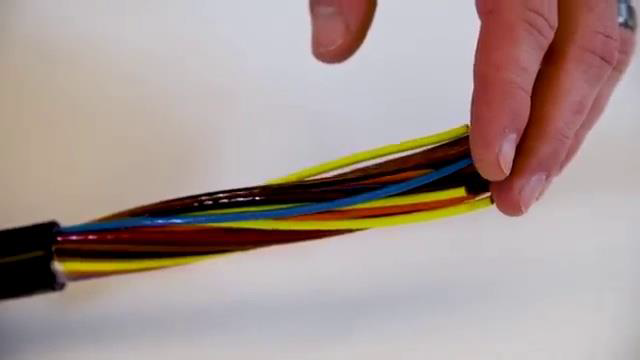
[4m:55s] Trade cable is often rated for use in direct sunlight applications as well as direct burial applications, which makes it very versatile.
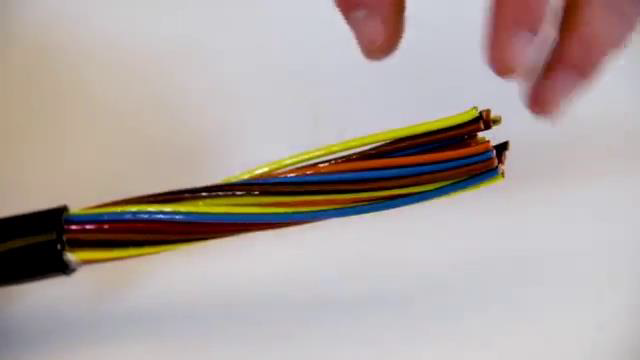
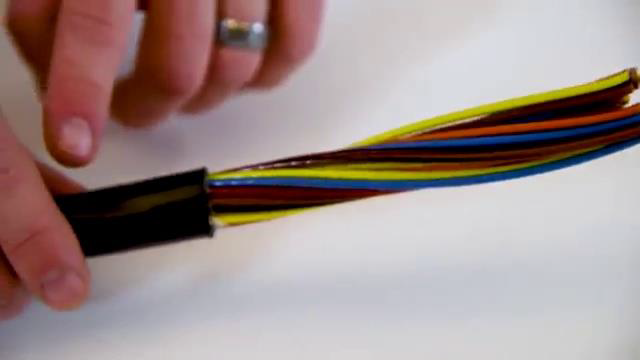
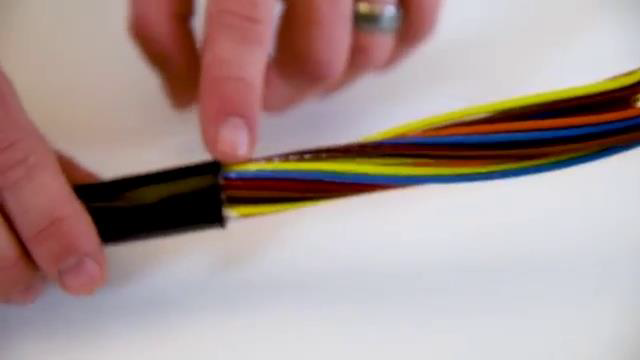
[5m:4s] Because of the potential weight of tray cable, when suspended, it does need to be supported properly to avoid hazardous environments and situations.
[5m:14s] The types of conductors within tray cable can vary greatly ranging from THHN wire, which we see here, to twisted shielded pair, again, making it a very versatile cable choice for many different applications.
[5m:29s] These are just a few of the most commonly used specialty wire types we see today. As mentioned before, there are many other different specialty wire types available for various different applications. For a full line of industrial wiring and thousands of other products, please go to our website. For more information or other educational videos, go to RSPSupply.com, the Internet's top source for industrial hardware. Also, don't forget: like and subscribe.




